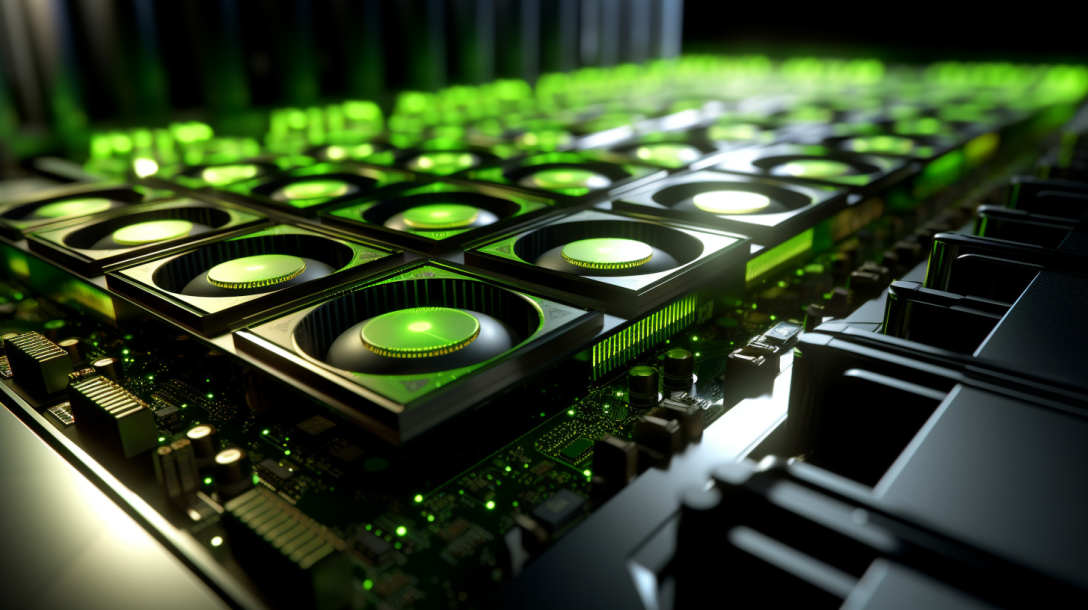The Crucial Role of GPUs in Powering AI Assistants and Its Impact on Consumer Supply

Introduction
Artificial Intelligence (AI) has become an integral part of our daily lives, with AI assistants like Chat GPT or Midjourney making our tasks easier and more efficient. These AI assistants are powered by complex algorithms and require substantial computational power to function effectively. This is where Graphics Processing Units (GPUs) come into play. GPUs, initially designed for rendering high-quality graphics for video games, have found a new role in the field of AI due to their parallel processing capabilities. However, this increased demand for GPUs in AI has led to a significant impact on the supply of GPUs for regular consumers, making it nearly impossible to purchase a GPU at its Manufacturer’s Suggested Retail Price (MSRP).
The Role of GPUs in AI Assistants
AI assistants rely on machine learning algorithms to understand and respond to user queries. These algorithms require the processing of vast amounts of data, which is where GPUs excel. Unlike Central Processing Units (CPUs) that are designed for sequential processing, GPUs are designed for parallel processing. This means they can handle multiple tasks simultaneously, making them ideal for the data-heavy computations required by AI.
GPUs are particularly effective in deep learning, a subset of machine learning that powers AI assistants. Deep learning involves neural networks with several layers that mimic the human brain’s functioning. Training these neural networks involves numerous matrix multiplications, a task that GPUs can perform much faster than CPUs.
Impact on GPU Supply for Regular Consumers
The increasing demand for GPUs in AI and machine learning has led to a surge in their prices, impacting regular consumers, particularly gamers. GPUs are a critical component of gaming systems, and the increased demand from the AI industry has led to a shortage in the market. This has resulted in inflated prices, making it difficult for average consumers to afford them.
Moreover, the situation has been exacerbated by cryptocurrency miners who also heavily rely on GPUs for mining operations. The combined demand from AI developers and cryptocurrency miners has created a significant supply-demand imbalance. This has led to a situation where it’s almost impossible to purchase a GPU at its MSRP, with prices often significantly higher due to the scarcity.
Conclusion
While the demand for GPUs in AI and machine learning is unlikely to decrease, steps can be taken to mitigate the impact on regular consumers. Manufacturers can increase production or develop GPUs specifically tailored for AI computations. Additionally, the development of AI-specific hardware, such as Google’s Tensor Processing Units (TPUs), could alleviate the pressure on GPU supply.
In conclusion, GPUs play a crucial role in powering AI assistants, contributing to the advancement of technology and making our lives easier. However, it’s essential to balance this demand with the needs of regular consumers to ensure that everyone benefits from these technological advancements. The current market conditions, where obtaining a GPU at its MSRP is nearly impossible, underscores the need for this balance.